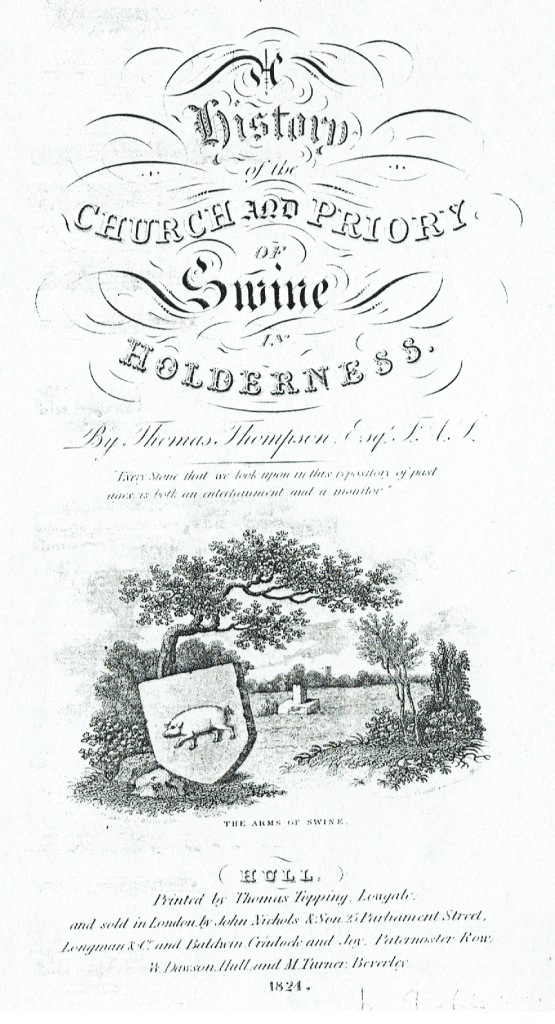
(The second source of evidence on Meaux Abbey) – surviving cartularies from the 14th and 15th centuries in the national archives (cartularies were recordings of land holdings at the time).
Meaux Cistercian Abbey was founded in the 12th century (s.p.b.) by William Le Gros a second generation Norman baron and Earl of York, but only by default. Abbot Burton tells the story of how William had allocated the area as a hunting park having purchased the land from John of Melsa for that purpose (Melsa seems to have been a depopulated hamlet by the mid 12th century as it was listed in the Domesday Survey,1086). However, it seems that William laboured under a feeling of guilt at having not visited the Holy Land, and maybe taken part in the Second Crusade (1140s), as he had promised to do and so he was persuaded to endow a Cistercian abbey on the land instead as a tangible sign to God of his contrition.
Meaux Abbey would not have been stone-built initially and at first would have comprised a wood-built communal hall and chapel only. The area was wet carr-land so the monks prioritised plans to tame the environment before concern for grand buildings. William donated further land to the Abbey as did other lords of manors. By this means the Abbey acquired stone quarries in Brough and Brantingham and were thus eventually able to start building in stone transported down the Humber Estuary and up the River Hull (June Sheppard detailed the construction of drainage/transport channels leading to and from the River Hull in her E.Y.L.H.S. booklet The Draining of the Hull Valley, 1958, reprinted 1976).
Whereas the history of Meaux Abbey is more evidenced by documentary sources rather than standing ruins that is not the case at Swine, the site of its sister Cistercian nunnery. The picture above is relevant to this and will be repeated for the next blog.